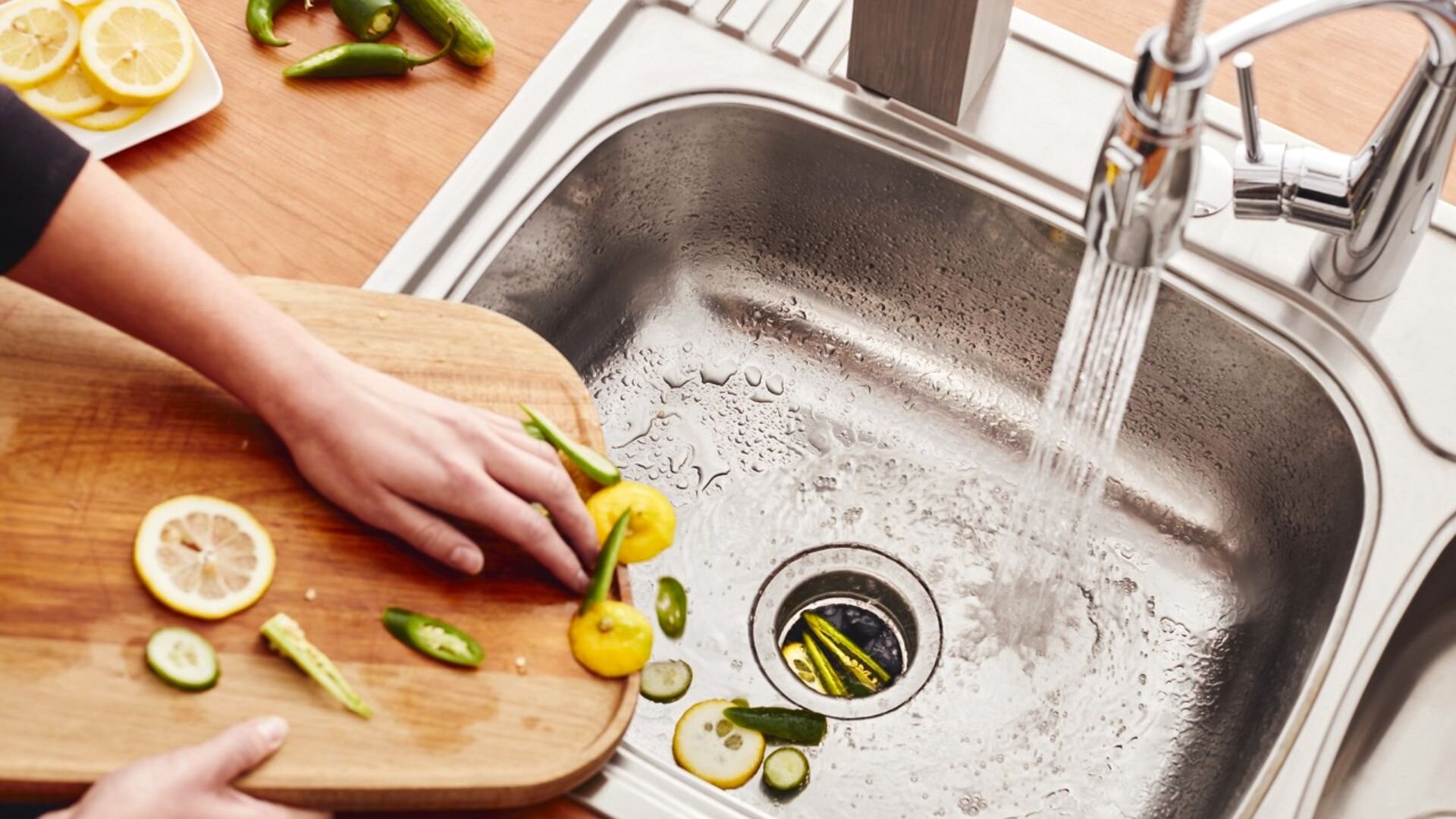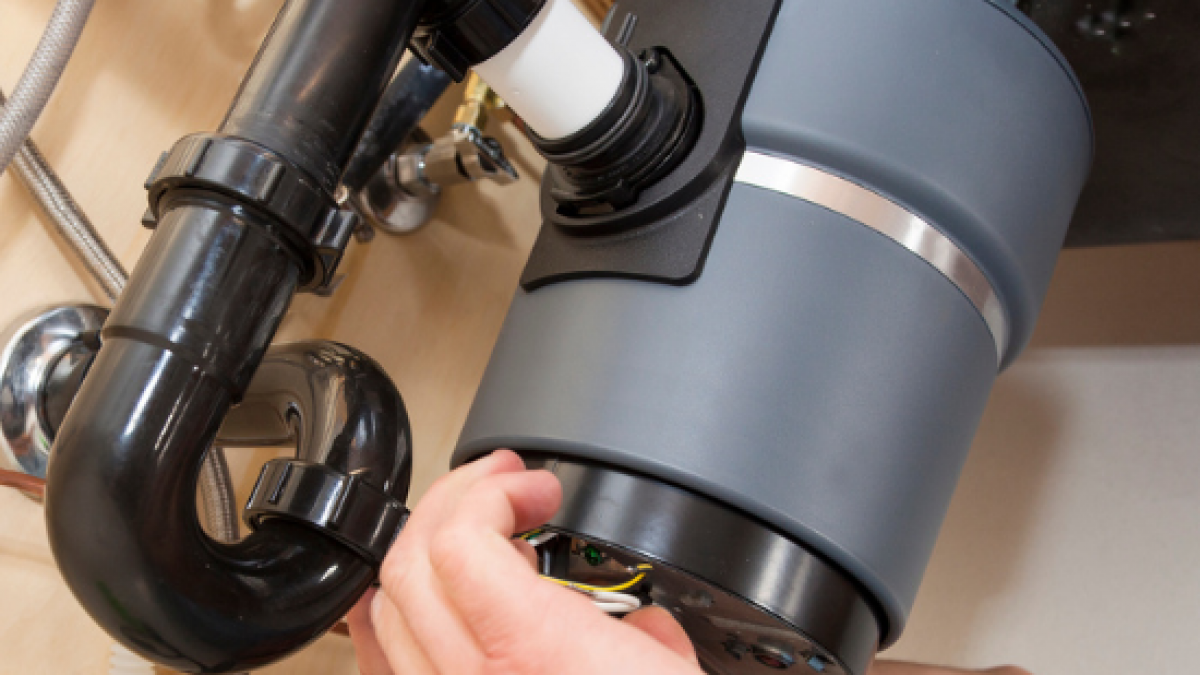This post listed below involving Garbage Disposal Leaking From Bottom is seriously fascinating. Don't miss out on it.

Waste disposal unit are vital cooking area devices that help in getting rid of food waste efficiently. However, a dripping waste disposal unit can be a frustrating and messy issue to take care of. Luckily, several leaks can be repaired quickly with a few basic actions. In this write-up, we will go over exactly how to deal with a dripping waste disposal unit effectively.
Intro
Garbage disposals are set up under cooking area sinks and are developed to shred food waste right into smaller items, permitting it to travel through the pipes system quickly. While these tools are typically trustworthy, leaks can happen with time because of wear and tear, loosened connections, or damages to the device.
Usual Root Causes Of Leakages in Trash Disposals
Worn Seals and Gaskets
Seals and gaskets play an essential function in preventing water from dripping out of the garbage disposal. Over time, these components can weaken, causing leakages around the disposal unit.
Loose Connections
The links between the garbage disposal and the plumbing system can become loose in time, creating water to leakage out during operation.
Splits or Openings in the Disposal Unit
Physical damages to the waste disposal unit, such as splits or openings in the housing, can additionally cause leakages.
Determining the Resource of the Leak
Before trying to fix a dripping garbage disposal, it is necessary to determine the resource of the leak. This can commonly be done via visual examination or by performing straightforward tests.
Visual Evaluation
Check the waste disposal unit unit very carefully for any type of indicators of water leakage. Pay very close attention to areas around seals, gaskets, and connection points.
Testing for Leakages
One method to examine for leaks is by running water through the disposal unit and checking for any kind of visible signs of leakage.
Devices and Products Needed for Fixing a Leaking Garbage Disposal
Before starting the repair procedure, collect the essential tools and products, including a screwdriver, flexible wrench, plumber's putty, substitute seals or gaskets, and epoxy or patching material for repairing fractures or openings.
Step-by-Step Guide to Repairing a Leaking Garbage Disposal
Shut off the Power
Before attempting any kind of repair services, ensure that the power to the waste disposal unit system is turned off to prevent the danger of electrical shock.
Situate the Leak
Identify the precise location of the leakage and figure out the reason.
Tighten Connections
Use a wrench to tighten any type of loose links between the disposal system and the plumbing system.
Change Seals or Gaskets
If the leakage is due to worn seals or gaskets, get rid of the old elements and change them with new ones.
Patching Fractures or Holes
For fractures or holes in the disposal unit, usage epoxy or an ideal patching product to seal the damaged location.
Checking the Garbage Disposal After Fixing
As soon as the repair is total, check the waste disposal unit by running water through it to ensure that the leakage has actually been fixed.
Preventive Upkeep Tips to Avoid Future Leaks
To prevent future leaks, it is essential to perform regular upkeep on your waste disposal unit. This consists of keeping it tidy, preventing putting non-food things or difficult objects down the disposal, and regularly checking for leaks or other issues.
Verdict
In conclusion, repairing a leaking waste disposal unit is a fairly straightforward process that can be completed with standard tools and materials. By adhering to the actions outlined in this short article and practicing preventative maintenance, you can maintain your garbage disposal in good working problem and prevent pricey repair work in the future.
What to Do About a Leaking Garbage Disposal
A leaking garbage disposal often goes unnoticed until you confront a sopping cabinet, a foul-smelling puddle, or an audible drip-drip-drip from the unit. The fix can be frustrating, too, because the leak can stem from a number of components in the system. Fortunately, with a little sleuthing, you can zero in on the leak and—depending on the exact location—stop the icky oozing and repair the component that caused it. Worst case scenario, if it turns out that the garbage disposal must be replaced, installing a new one is a reasonable do-it-yourself task for those with basic plumbing skills. Read on to keep the cash you’d otherwise hand over to a pro.
Prepare to find the leak
Prior to testing the garbage disposal for leaks, unplug it at the wall outlet and turn off the power from the breaker box to prevent electrical shock. Then insert a watertight sink stopper into your sink drain and wipe the unit dry with a clean cloth. In any handy container, mix a few drops of food coloring into a few cups of water, and pour the dyed water onto the sink stopper to help you locate the leak.
Investigate the source
the top, where the disposal meets the sink drain the side, where the dishwasher hose or main drain pipe connects to the disposal or the bottom of the unit Inspect each of these locations while gliding a light-colored rag over the unit; the dyed water will readily show on the rag and reveal the location of the leak. If a leak isn’t immediately apparent, remove the sink stopper and pour a few more cups of dyed water down the sink drain, then check for leaks again. Leaks near the top of the unit are more likely to show themselves while the sink is plugged, while side and bottom leaks are more noticeable while the sink is unplugged.
The metal sink flange that sits directly inside the sink drain is typically sealed around the top with plumber’s putty (a clay-like sealant) and then secured from under the sink with bolts. If the plumber’s putty deteriorates, or the bolts loosen, the flange can no longer form a watertight seal between the sink drain and the disposal—which could cause a leak at the top of the unit.
To reseal the leaky flange, you must first detach the garbage disposal. Start by loosening the screws securing the main drain pipe to the disposal, then loosen the screws in the metal clamp securing the dishwasher hose to the disposal and detach the drain pipe and dishwasher hose from the disposal. Loosen the screws in the mounting ring that connects the disposal to the metal mounting assembly beneath the sink, then pull down the disposal and carefully set it on a clean, dry surface. Loosen the bolts in the mounting assembly with a wrench, then pull down the mounting assembly and set it near the disposal.

We were shown that report on The Handy Guide To Fixing Your Garbage Disposal Leaking from an acquaintance on a different web blog. Are you aware of another person who is inquisitive about the topic? Take a moment to share it. I praise you for your time. Please come by our site back soon.
Call